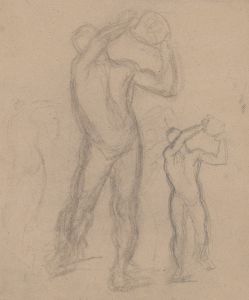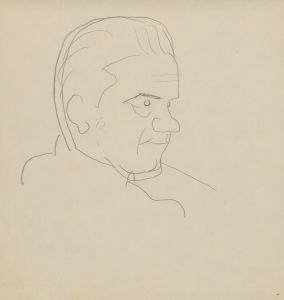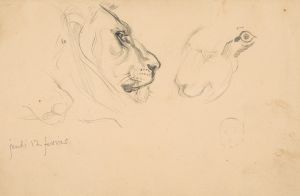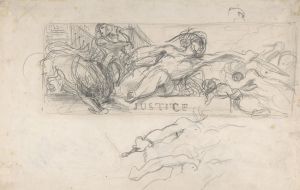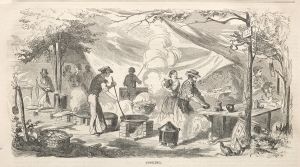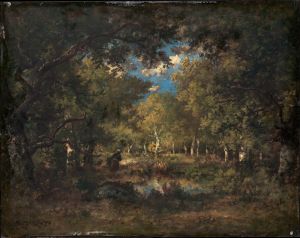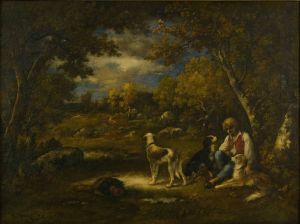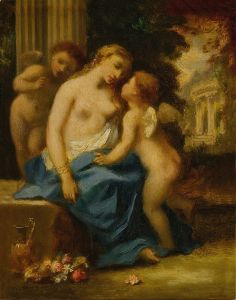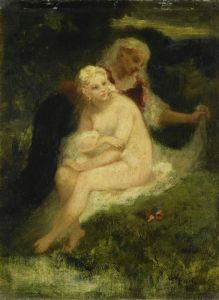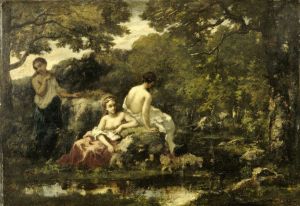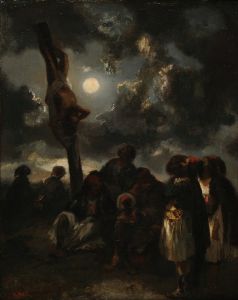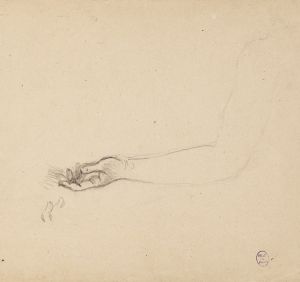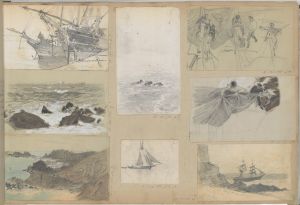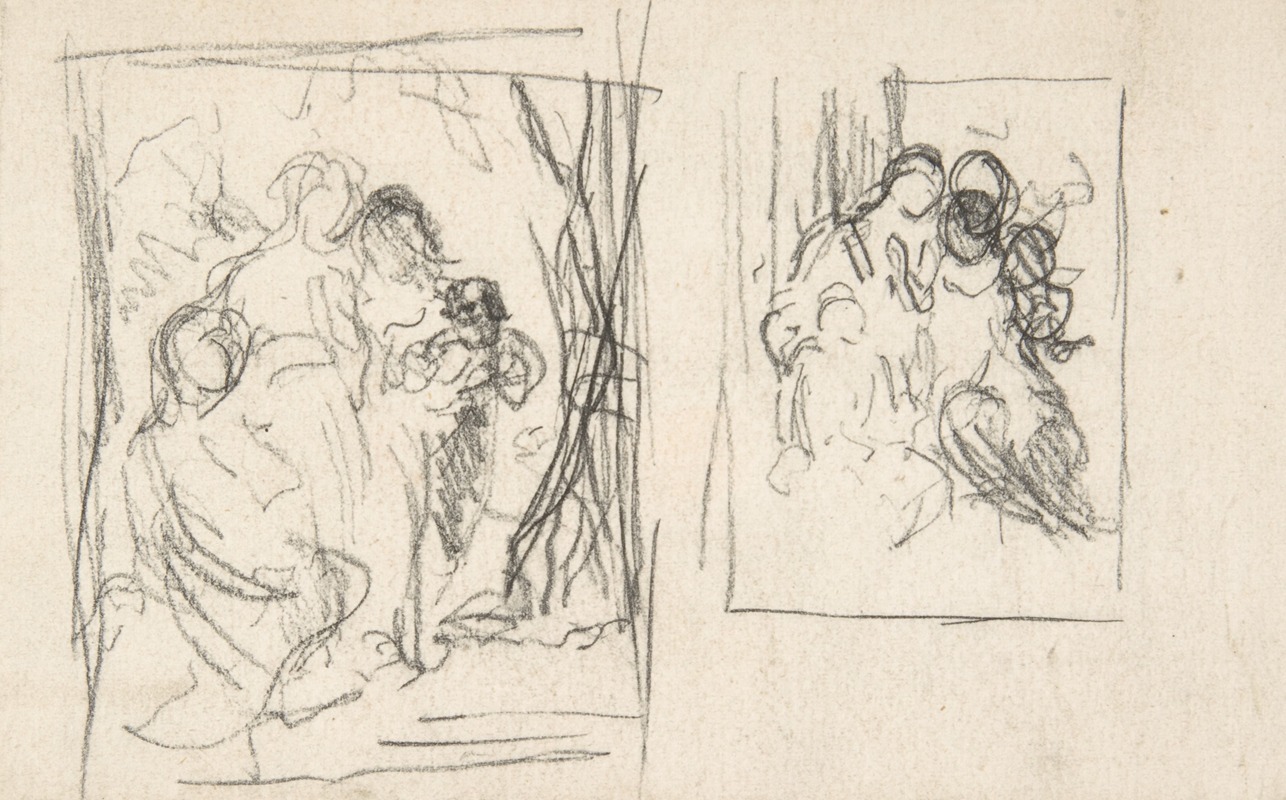
Two studies for a figure composition, including three women and a child
A hand-painted replica of Narcisse-Virgile Diaz de La Peña’s masterpiece Two studies for a figure composition, including three women and a child, meticulously crafted by professional artists to capture the true essence of the original. Each piece is created with museum-quality canvas and rare mineral pigments, carefully painted by experienced artists with delicate brushstrokes and rich, layered colors to perfectly recreate the texture of the original artwork. Unlike machine-printed reproductions, this hand-painted version brings the painting to life, infused with the artist’s emotions and skill in every stroke. Whether for personal collection or home decoration, it instantly elevates the artistic atmosphere of any space.
Narcisse-Virgile Diaz de la Peña was a prominent 19th-century French painter, known for his association with the Barbizon School, a movement that emphasized naturalism and the depiction of rural landscapes. One of his works, "Two Studies for a Figure Composition, Including Three Women and a Child," reflects his interest in figure painting, a genre he explored alongside his more famous landscape works.
Diaz de la Peña was born in Bordeaux, France, in 1807 to Spanish parents. He faced significant hardships early in life, including the loss of a leg at the age of ten due to an infection. Despite these challenges, he pursued an artistic career, initially working in porcelain painting before transitioning to oil painting. He became associated with the Barbizon School, a group of artists who settled in the village of Barbizon near the Forest of Fontainebleau. This group sought to break away from the formalism of academic art and instead focused on painting en plein air, or outdoors, to capture the natural light and atmosphere of the landscape.
While Diaz de la Peña is primarily celebrated for his landscapes, he also produced a number of figure studies and compositions. "Two Studies for a Figure Composition, Including Three Women and a Child" is an example of his work in this area. The piece likely served as a preparatory study for a larger composition, a common practice among artists of the time to explore different arrangements and interactions of figures before committing to a final work.
The painting features three women and a child, though specific details about the identities or the narrative context of these figures are not well-documented. Diaz de la Peña's figure studies often exhibit a romantic and somewhat idealized style, characterized by soft brushwork and a warm color palette. This approach aligns with the broader aesthetic tendencies of the Barbizon School, which favored mood and emotion over strict realism.
Diaz de la Peña's figure compositions, including this study, demonstrate his skill in rendering the human form and his interest in capturing the subtleties of human interaction and expression. His work in this genre, while not as extensively documented or studied as his landscapes, contributes to a fuller understanding of his artistic range and the diversity of his oeuvre.
Throughout his career, Diaz de la Peña exhibited regularly at the Paris Salon, where he gained considerable recognition. His work was well-received by both critics and the public, and he became known for his ability to convey the beauty and tranquility of nature, as well as the grace and elegance of the human figure.
In summary, "Two Studies for a Figure Composition, Including Three Women and a Child" by Narcisse-Virgile Diaz de la Peña exemplifies the artist's exploration of figure painting within the context of the Barbizon School's naturalistic and emotive style. While specific details about this particular work are limited, it remains an important part of Diaz de la Peña's artistic legacy, showcasing his versatility and his contribution to 19th-century French art.





